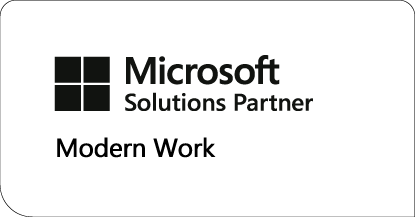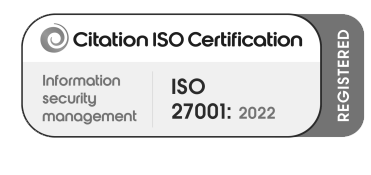






With everything from raw materials, right through to transportation, energy and container costs going through the roof, the pressures and supply chain challenges have noticeably started to impact both the food industry and its customers.
From meat right through to coffee and pasta, the costs of UK grocery staples continue to go up and up, with the latest official figures showing inflation of food and drink prices running at 4.8% in December 2021 (according to Hilary Osborne at The Guardian).
For example, a tub of margarine has risen in price by more than 27% in 2021, with a 1kg tub of Stork going from £2.10 to £2.65 in just one year. Even the cost to process and distribute meat, such as sausages, has massively increased; predominantly due to Covid and shortages of labour workers and HGV drivers, with fuel costs rising with it.
But with inflation comes changes in consumer purchasing behaviour and with the public now facing a cost-of-living squeeze, it’s no surprise that supermarket sales have fallen by 3.8% in January 2022. Fraser McKevitt, head of retail and consumer insight at Kantar, told The Grocer that “prices are rising on many fronts, and the weekly shop is no exception. We’re now likely to see shoppers striving to keep costs down by searching for cheaper products and promotions. Supermarkets that offer the best value stand to win the biggest slice of spend”.
Head of retail at NielsenIQ, Mike Watkins, also added that disruption in the supply chain and increased costs were now starting to impact the economy. “Supply chains have been put to the test recently, with CO2 and HGV shortages, the price rises were inevitable”.
To add to all of that, the inflationary pressures have increased even further due to the upcoming packaging tax and energy linked commodities; not to mention the ongoing, extortionate container costs that still linger when importing and exporting goods from overseas.
These rising costs are continuously proving to be a huge challenge for all food and drink businesses, with some producers capping lines they typically sell to stay afloat. Businesses have been heavily impacted by so many factors that take constant and daily firefighting and with no end in sight. Commodity supplies are not only hard to get hold of but are increasing in price on an almost daily basis, with some as high as 58% since the start of summer 2021.
How can Dynamics Food help you keep an eye on spiralling costs within your business?
With the demand for energy, labour and transport placing significant pressures on just-in-time, cross-border supply chains that keep factories open and shelves stocked, it’s more important than ever to tighten your operations. Are you being flexible in where you are sourcing your stock? Are your distribution strategies as efficient as they can be? Could modernising your operations with full visibility and real-time data help you stay on top of your business, with no room to be left in the dark?
Are you a food processing business that is yet to take advantage of an end-to-end business solution? Certain areas of the food industry have been using an integrated ERP system to automate processes for years. But it is now a priority for all sectors in the food industry to embrace automation to improve quality control, increase food safety, reduce waste, increase efficiency and have more streamlined traceability.
When processes are automated, errors and defects can be identified and resolved quicker than ever before. Plus, with Dynamics Food – a food ERP software powered by Microsoft Dynamics 365 Business Central, specifically designed for manufacturers and distributors - you can gain a more granular view of your food manufacturing processes and ensure one process change won’t cause a knock-on effect in another.
If you are fully utilising Dynamics Food, you’re able to improve cost efficiency much more than if you’re processes relied entirely on human workers. And last but not least, with Dynamics Food, you can automatically scan a product or ingredient as soon as it enters your supply chain, sending all the data straight to your business solution. Not only does this reduce the risk of human error, but it also ensures end-to-end traceability which can improve supply chain management.
Having all of this data in one place gives you instant access to everything that happens in your food business, whether raw costs continue to increase, or transportation shortages bring more challenges, you’re able to make a data-driven decision that keeps you ahead of the game at all times.
But that’s not all that a dedicated food ERP software for manufacturers and distributors can help your food business with. Why not join our upcoming workshop ‘Maximise your food business with Dynamics Food’ on Wednesday 7th September at 10:00am? You won’t want to miss it.